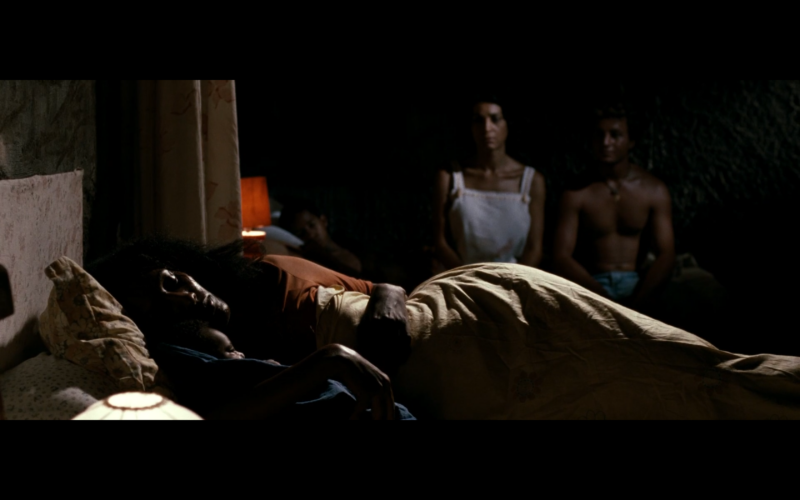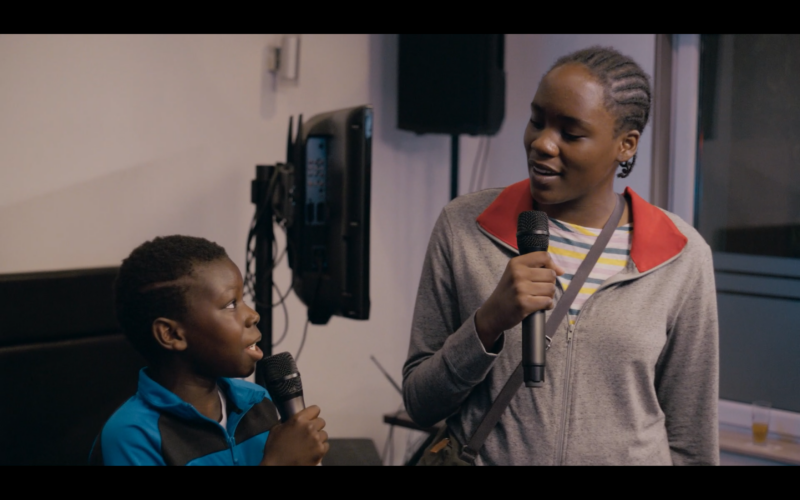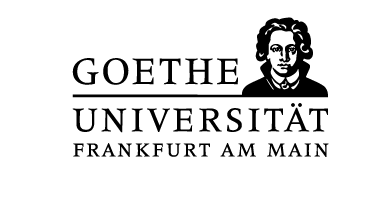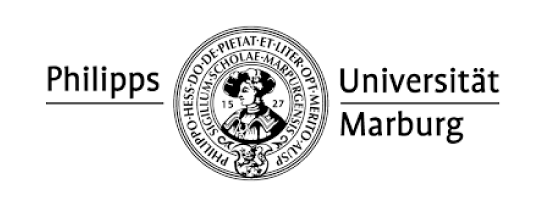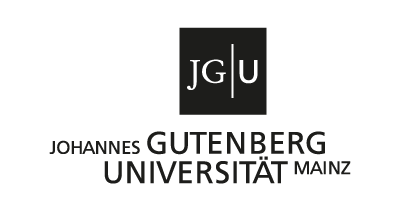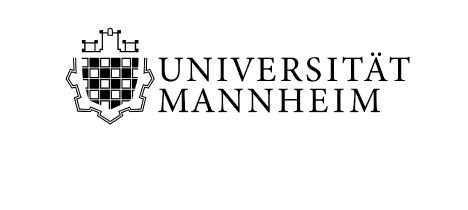African (Im)Migration in (European) Art Cinema
Since the first movements of our ancestors, small or large, there have always been migratory flows in history. These flows have had a significant impact on the progress of our species, and have changed our habitats. Today, there are approximately 281 million international migrants worldwide.[1] With 87 million migrants, Europe is the main destination, and five continental European countries (Germany, the United Kingdom, France, Spain, and Italy) are among the countries with the largest migrant populations.
Focusing on African (im)migration, this dissertation project asks: What does art cinema, a cinema born on the continent, show/tell us about this migrant group, which represents 25% of the non-European migrants? Considering the period of decolonization and the formation of the European Union, the films to be included in the corpus, such as La haine (1995), Terraferma (2011), and Tori et Lokita (2022), were selected among those produced after the early 1990s.
The project also engages with the definition(s) of (European) art cinema, which is an individual cinema signed by the filmmaker,[2] a complex world of signs where the narrative is at its extreme,[3] too loose, too diverse, too undefined cinema.[4] Are these films really completely different from one another? Or are there some commonalities among them? Examining art cinema films to see the accuracy of these definitions will be the other question leading this research.
[1] Marie McAuliffe; Anna Triandafyllidou (ed.): World Migration Report 2022. International Organization for Migration (IOM), Geneva: International Organization for Migration, 2021.
[2] David Bordwell: The Art Cinema as a Mode of Film Practice, in: David Bordwell (ed.), Poetics of Cinema, New York: Routledge, 2008.
[3] Mark Betz: Beyond the Subtitle: Remapping European Art Cinema, Minneapolis: University of Minnesota Press, 2009.
[4] John White: European Art Cinema, Oxon: Routledge, 2017.

